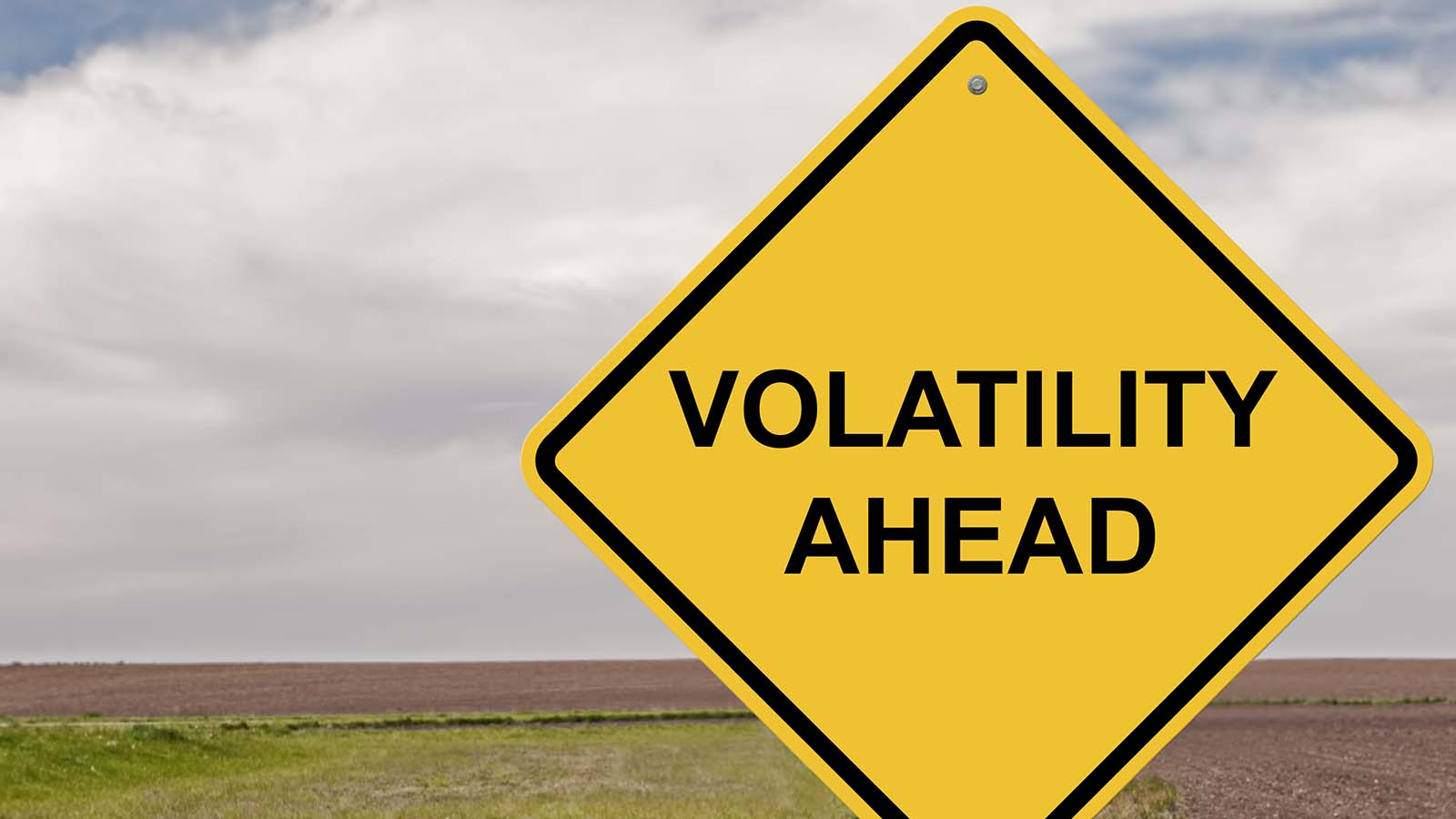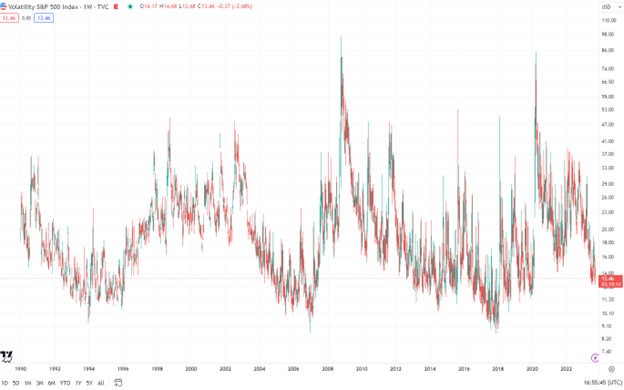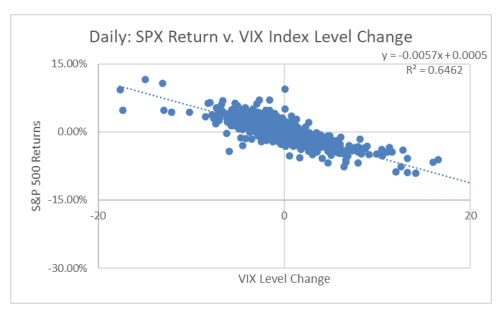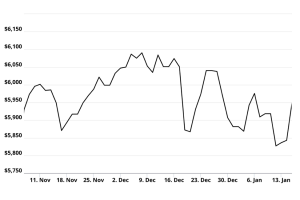
The Efficient Market Hypothesis argues that all current and relevant information is factored into asset prices — leaving no room for alpha generation through active trading or asset allocation. However, numerous academic studies have proven this to be untrue, including my own, revealing clear patterns of irrational market responses to known data. These irrational responses, often driven by fear and loss aversion, create mispricing that savvy traders and investors can exploit.
I believe the greatest mispricing right now is in the CBOE Volatility Index (VIX) itself.

Before we get into why I think the VIX is due for a meaningful spike soon, let’s first understand what the VIX is.
What Is the CBOE Volatility Index (VIX)?
The Chicago Board Options Exchange Volatility Index, better known as the VIX, is an index that measures the market’s expectations of 30-day future volatility. It uses S&P 500 index derivatives contracts to calculate expected volatility.
There exists a strong negative correlation between stock market performance and the VIX. Significant daily losses in the S&P 500 have historically been linked to short-term spikes in the VIX. This suggests that periods of high volatility often coincide with market downturns.

Most investors tend to “sell bottoms” — selling off their investments after a decline has already taken place. This is often due to fear of further losses, a behavior that stems from loss aversion and the disposition effect. These psychological biases often lead to overreactions during periods of heightened market fear and risk. This then results in mispricing that active traders can exploit.
One approach to guarding against these market downturns is to increase defensive positioning during periods of low volatility – like right now. This involves shifting investments into lower-beta sectors, such as utilities, consumer staples, and healthcare. These sectors are typically less affected by market volatility. This strategy can offer some protection against unpredictable losses. And if you haven’t noticed, utility stocks have been surging in a big way here.
Stock Market Crash: Why the VIX Is Likely to Spike
Given the current state of the market and the historically low levels of volatility, the potential for a VIX spike is high.
This would indicate an increase in market volatility and could coincide with a market correction or crash. Complacency in the market is currently high, and this could exacerbate the effects of a volatility spike.
Combined with the surging defensive leadership in utility stocks, weak lumber-to-gold behavior, and seasonality, this suggests we are at a high-risk period where complacency could get shocked. The only question is how the path plays out.
A credit event, such as a default or a significant downgrade in credit rating, could trigger a selloff in the market and a spike in volatility. The combination of a credit event and a VIX spike could result in significant market turmoil. The risk is real, but it’s not something to fear.
Just as with a VIX spike, a credit event could create mispricing and opportunities for alpha generation. Traders who can accurately assess the impact of the credit event and the ensuing market reaction could potentially profit from the situation.
The Bottom Line
The bottom line is simple. Multiple warnings are flashing now with the VIX near the lowest of the year.
The question everyone needs to ask about a credit event is if conditions favor it now. In my view they do. I could be wrong, but I think this is a very clear environment where we will look back and realize “if not now, when” was the right framework.
On the date of publication, Michael Gayed did not hold (either directly or indirectly) any positions in the securities mentioned in this article. The opinions expressed in this article are those of the writer, subject to the InvestorPlace.com Publishing Guidelines.



